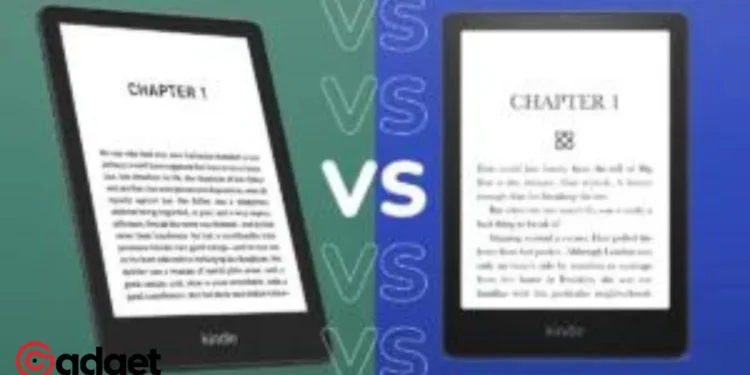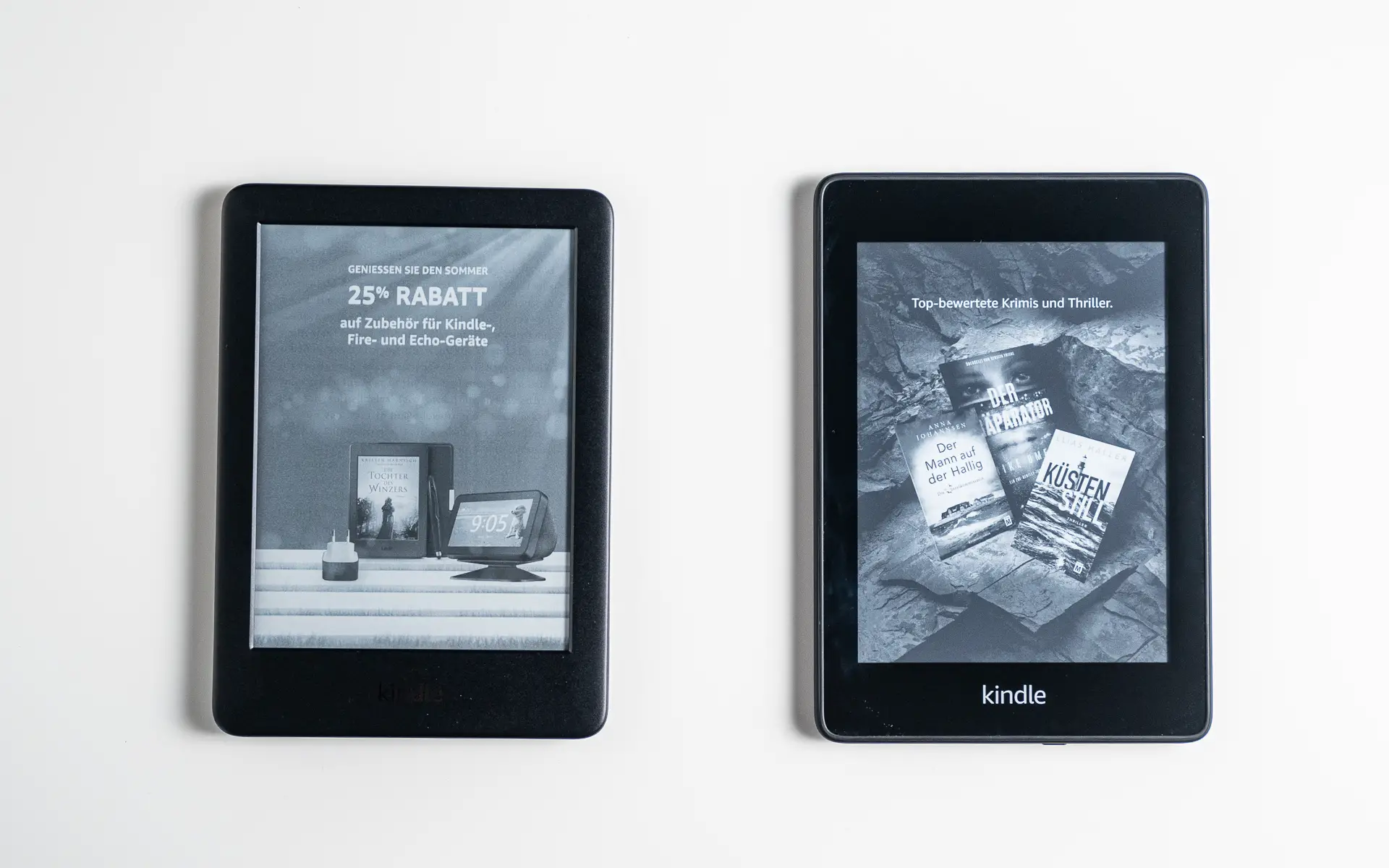
One of the most user-friendly and potent eReader device families available is the Amazon Kindle series. The 11th gen Amazon Kindle, which is the entry-level model, is a fantastic reader for its price and a perfect way to start reading electronic books. Additionally, it’s a functional upgrade for anyone switching from an older Kindle.
I just received Amazon Kindle Paperwhite (16 GB) – Now with a larger display, adjustable warm light, increased battery life, and faster page turns – Black – Without Kindle Unlimi from a sender on Throne 👀 Thank you sooo much!! 😇https://t.co/tbznoRl3QK #Wishlist #Throne pic.twitter.com/285qYKTKg0
— Carmela (@Carmmiee) January 26, 2024
The Amazon Kindle Paperwhite is a step up from that, with somewhat more functionality at a slightly higher cost.
Which one then should you purchase? It all depends on what you’re trying to find. After comparing the two devices, we’ll determine which one is best for you and the one we would suggest to someone who has never used a Kindle before.
Amazon Kindle vs Kindle Paperwhite- A detailed comparison
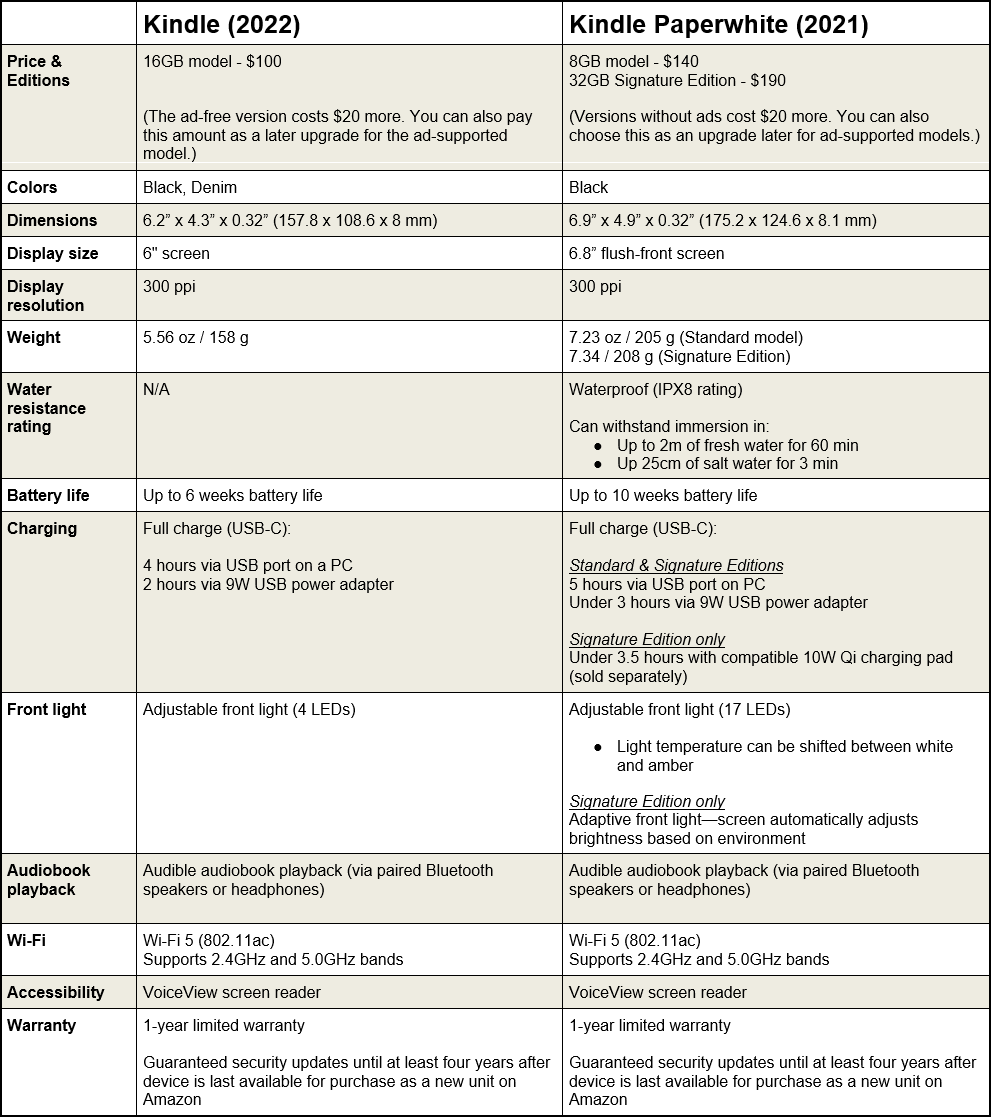
- Body Design- The only real method to distinguish them from each other because of their identical designs is size. While the screen of the ordinary Kindle is 6 inches, that of the Kindle Paperwhite is 6.8 inches. As a result, the Kindle Paperwhite is roughly 20 mm taller and wider than its younger brother.
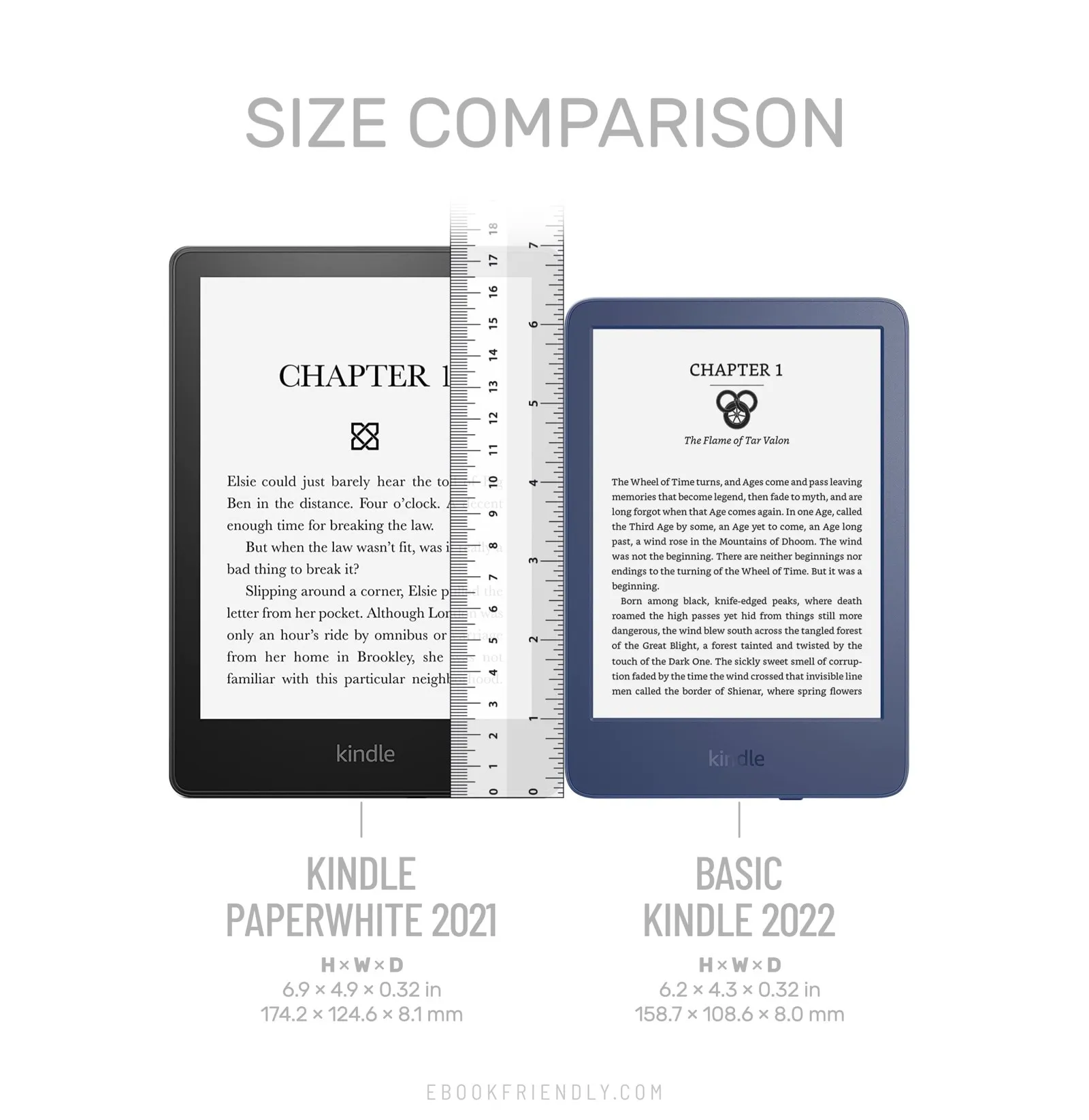
- Water Resistance- With an IPX8 water resistance rating, the Kindle Paperwhite is suitable for an occasional visit to the beach, swimming pool, or bathtub. The same luxury of water resistance is not available on the regular Kindle.
- Display- The screen of the basic Kindle is illuminated by four LED lights. The brightness can be changed, but the color temperature cannot. In nearly all lighting situations, the 6-inch E-ink screen is easy to read, and you can adjust the brightness if the space is too dark. All of the aforementioned features are also present in the Kindle Paperwhite, however, it is larger by 0.8 inches and has 17 LEDs rather than 4. This indicates that having additional lights results in a more even lighting of the Kindle Paperwhite. Additionally, the LEDs can be set to produce a colder, brighter blue light or a more warm, more red light. That may make reading at night more pleasant for you.
- Hardware Specs- Both devices operate in the same way. They both have an identical MediaTek processor and 512MB of RAM. If you use the base Kindle for 30 minutes a day at a display brightness of 13, it should last you six weeks. The 10-week rating for the Kindle Paperwhite is based on those same circumstances. While the conventional Kindle only has 16GB of storage by default, the Paperwhite has three storage options: 8GB, 16GB, and 32GB. Also, both devices charge through a standard USB Type-C cable.
- Software Specs- The two Kindle devices have almost the same software. In addition to standard options like the size of the font, margin size, and brightness, they both contain sophisticated capabilities like the Vocabulary Builder. Using those functionalities on both devices is the same.
- Features- Fundamentally, these two Kindles have the same features. With accessibility to the Kindle Store, they are both made with reading in mind. Additionally, you can choose to sign up for Prime Reading or Amazon Kindle Unlimited.
- Price- The standard Amazon Kindle costs $100 at retail, or $120 if you choose not to have lock screen advertisements. The 8GB model of the Kindle Paperwhite costs $140, while the 16GB model—which does not have lock screen advertisements—costs $170. At $190, the 32GB capacity Paperwhite Signature model is available.
Amazon Kindle vs Kindle Paperwhite- Final Verdict
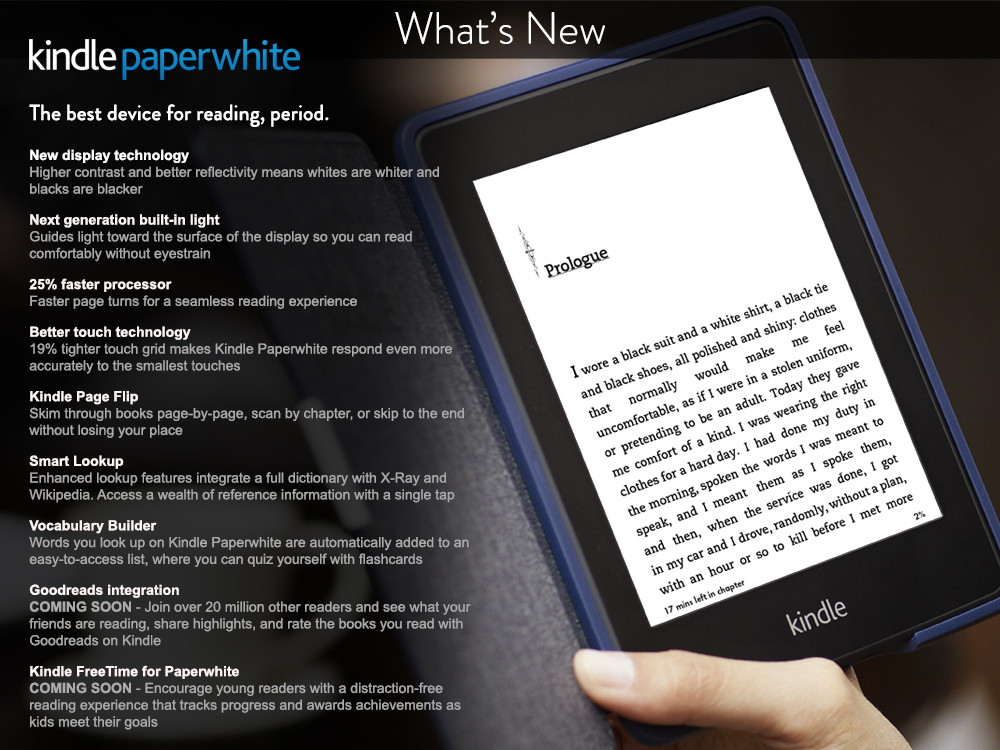
The Kindle Paperwhite will give you more value for your money. It boasts more LEDs, a bigger screen, better battery life, customizable color temperature, and additional storage choices. Additionally, the Kindle Paperwhite’s IPX8 protection reduces worry when reading near different types of water. Honestly, there’s around a $40 price gap between a 16GB Kindle Paperwhite and a 16GB standard Kindle. You’ll pay for this privilege, though, which, to us, seems worth the price.

